Mridula Mishra BA! MA (Fine Arts) ABT
Art Therapist
Addiction is defined as not having control over doing, taking, or using something to the point where it could be harmful to you.
Addiction is most commonly associated with gambling, drugs, alcohol, and smoking, but it's possible to be addicted to just about anything, including:
- Work – some people are obsessed with their work to the extent that they become physically exhausted; if your relationship, family, and social life are affected and you never take holidays, you may be addicted to work
- Internet – as computer and mobile phone use has increased, so too have computer and internet addictions; people may spend hours each day and night surfing the internet or gaming while neglecting other aspects of their lives
- Solvents – volatile substance abuse is when you inhale substances such as glue, aerosols, petrol, or lighter fuel to give you a feeling of intoxication
- Shopping – shopping becomes an addiction when you buy things you don't need or want to achieve a buzz; this is quickly followed by feelings of guilt, shame, or despair
Addiction does not form spontaneously overnight. Instead, it is the result of a long process of repeated substance abuse that gradually changes how an individual sees a drug and how their body reacts to it. This process is linear and has the same progression for every person, although the duration of each step in that progression can differ greatly depending on the individual, dosage, and type of drug being abused. Since this process follows a pattern, it is possible to break it down into the stages of an addiction, starting from a person’s first use and leading all the way to the addiction itself. While there is some debate over how many stages there are for addiction, seven is one of the most popular numbers for mapping out the process.
These seven stages are:
- Initiation
- Experimentation
- Regular Usage
- Risky Usage
- Dependence
- Addiction
- Crisis/Treatment
Understanding each stage and the behaviors associated with each is a valuable way to identify when someone is at risk for addiction or has already developed one. As each stage progresses so do the repercussions associated with the drug’s use, as the ability to quit using becomes much more difficult.
Stage 1: Initiation
The first stage of addiction is called initiation, during which time the individual tries a substance for the first time. This can happen at almost any time in a person’s life, but according to National Institute on Drug Abuse, the majority of people with an addiction tried their drug of choice before 18 and had a substance use disorder by 20.
The reasons a teenager experiments with drugs can vary widely, but two common reasons are because of curiosity and peer pressure. The latter choice is made with the intent of trying to fit in better with a particular group of peers. Another reason that teenagers are more likely to try a new drug than most age groups is due to how the prefrontal cortex in their brain is not yet completely developed. This affects their decision-making process, and as a result, many teenagers make their choice without effectively considering the long-term consequences of their actions.
Mere trying a drug doesn’t certainly develop into an addiction. In many cases, the individual takes a drug out of curiosity, and then once that curiosity has been satisfied, stops use. This decision can also be impacted by other factors related to the drug’s role in the individual’s life, such as:
- Drug availability
- Peer usage
- Family environment and drug history
- Mental health (conditions like depression and anxiety often encourage use) If circumstances align and the individual continues to take the drug, they may soon find themselves in the second stage of addiction.
- Dependence
- Addiction
- Crisis/Treatment
Stage 2: Experimentation
At the experimentation stage, the user has moved past simply trying the drug on its own and is now taking the drug in different contexts to see how it impacts their life. Generally, in this stage, the drug is connected to social actions, such as experiencing pleasure or relaxing after a long day. For teenagers, it is used to enhance party atmospheres or manage stress from schoolwork. Adults mainly enter experimentation either for pleasure or to combat stress.
During Stage 2, there are little to no cravings for the drug, and the individual will still be making a conscious choice of whether to use it or not. They may use it impulsively or in a controlled manner, and the frequency of both options mainly depends on a person’s nature and reason for using the drug. There is no dependency at this point, and the individual can still quit the drug easily if they decide to.
Stage 3: Regular Use
As a person continues to experiment with a substance, its use becomes normalized and grows from periodic to regular use. This does not mean that they use it every day, but rather that there is some sort of pattern associated with it. The pattern varies based on the person, but a few instances could be that they are taking it every weekend or during periods of emotional unrest like loneliness, boredom, or stress. At this point, social users may begin taking their chosen drug alone, in turn taking the social element out of their decision.
The drug’s use can also become problematic at this point and have a negative impact on the person’s life. For example, the individual might begin showing up to work hungover or high after a night of drinking alcohol or smoking marijuana. There is still no addiction at this point, but the individual is likely to think of their chosen substance more often and may have begun developing a mental reliance on it. When this happens, quitting becomes harder, but still a manageable goal without outside help.
Stage 4: Risky Use
With Stage 4, the individual’s regular use has continued to grow and is now frequently having a negative impact on their life. While a periodic hangover at work or an event is acceptable for Stage 3, in Stage 4 instances like that become a regular occurrence and its effects become noticeable. Many drinkers are arrested for a DUI (Driving Under the Influence) at this point, and all users will likely see their work or school performance suffer notably. The frequent use may also lead to financial difficulties where there were none before.
Although the user may not personally realize it, people on the outside will almost certainly notice a shift in their behavior at this point. Some of the common changes to watch out for in a drug user include:
- Borrowing or stealing money
- Neglecting responsibilities such as work or family
- Attempting to hide their drug use
- Hiding drugs in easily accessible places (like mint tins)
- Changing peer groups
- Visiting multiple doctors or rapidly changing doctors (if using a prescription drug)
- Losing interest in old hobbies
Stage 5: Dependence
The mark of entering Stage 5 is that a person’s drug use is no longer recreational or medical, but rather is due to becoming reliant on the substance of choice. This is sometimes viewed as a broad stage that includes forming a tolerance and dependence, but by now, the individual should already have developed a tolerance. As a result, this stage should only be marked by a dependence, which can be physical, psychological, or both.
With some drugs, especially prescription medications, the individual may enter this stage through psychological dependence before a physical one can form. When this happens, the individual believes that they need the drug to be able to function like a normal person. Here, the drug commonly becomes a coping mechanism for trying times and then extends to instances where it should not actually be necessary. For example, a patient taking pain medication may begin to over-medicate, as they perceive moderate pain as severe pain.
In either case, the individual takes the drug because they have come to an understanding that they need it in some way to continue through life. Once this mindset takes hold, addiction is nearly certain.
Stage 6: Addiction
Dependency and addiction are words that are sometimes used interchangeably, and though the words are similar and frequently connected in drug use, they are different. One of the biggest differences is that when a person develops an addiction, drug use is no longer a conscious choice. Up until that point, it remains at least a shadow of one.
Individuals at this stage feel as though they can no longer deal with life without access to their chosen drug, and as a result, lose complete control of their choices and actions. The behavioral shifts that began during Stage 4 will grow to extremes, with the user likely giving up their old hobbies and actively avoiding friends and family. They may compulsively lie about their drug use when questioned and are quickly agitated if their lifestyle is threatened in any way. Users, at this point, can also be so out of touch with their old life that they do not recognize how their behaviors are detrimental and the effects that it has had on their relationships.
Another term for addiction is substance use disorder, which is an accurate description because it is a chronic disease that will present risks for a lifetime. Even after a person quits using a drug and has undergone treatment, there will always be the danger of relapse. This means, one must commit to an entire lifestyle change, in order to maintain a life of recovery.
Stage 7: Crisis/Treatment
The final stage of addiction is the breaking point in a person’s life. Once here, the individual’s addiction has grown far out of their control and now presents a serious danger to their well–being. It is sometimes referred to as the crisis stage because at this point the addict is at the highest risk of suffering a fatal overdose or another dramatic life event.
Of course, while the crisis is the worst-case scenario for this stage, there is also a positive alternative that fits here instead. Either on their own or as a result of a crisis, this is when many individuals first find help from initial interventions with outpatient treatment and then a rehab center to begin receiving treatment. As a result, this stage can mark the end of their addiction, as well as the start of a new life without drugs and alcohol, that is filled with hope for the future.
REFERENCES:
Admin. (2021, June 23). What are the 7 stages of addiction? Baystate Recovery. Retrieved October 23, 2022, from https://baystaterecovery.com/what-are-the-7-stages-of-addiction/
What are the 7 steps of the cycle of addiction? America's Rehab Campuses. (2022, July 6). Retrieved October 23, 2022, from https://baystaterecovery.com/what-are-the-7-stages-of-addiction/
Aaron. (2022, May 10). The 7 stages of addiction. Resurgence Behavioural Health. Retrieved October 23, 2022, from https://resurgencebehavioralhealth.com/blog/the-7-stages-of-addiction/




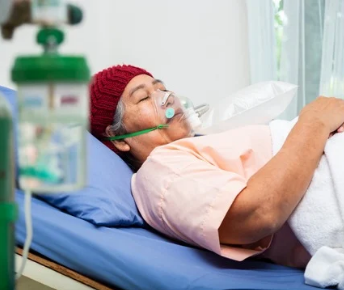


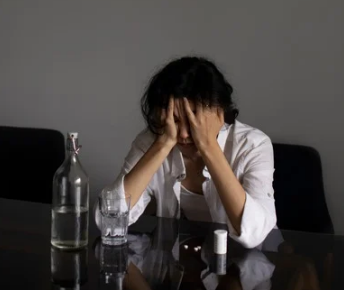

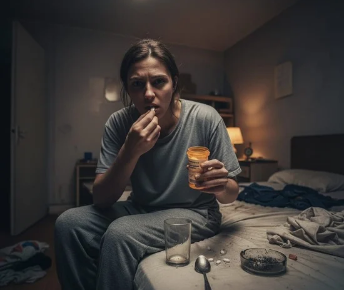

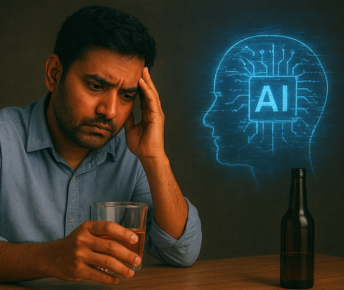
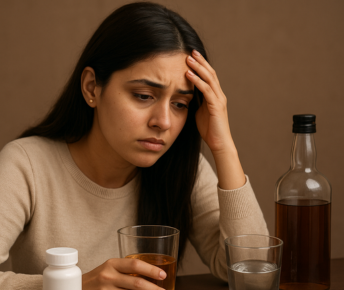



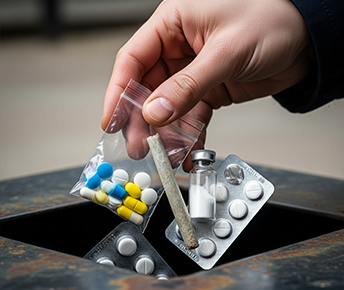
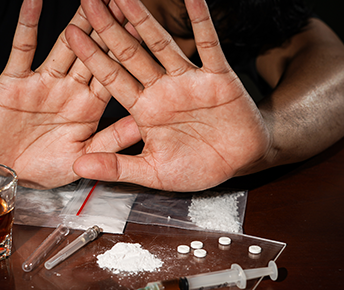
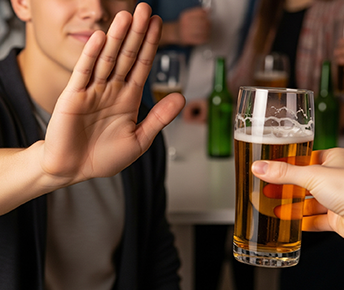
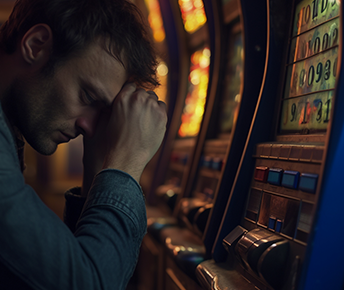
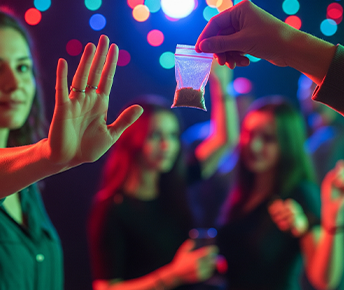



 Yes, many offer serene environments and solid therapeutic frameworks. However, quality varies, so it’s essential to research accreditation, staff credentials, and therapeutic depth.
Yes, many offer serene environments and solid therapeutic frameworks. However, quality varies, so it’s essential to research accreditation, staff credentials, and therapeutic depth.




